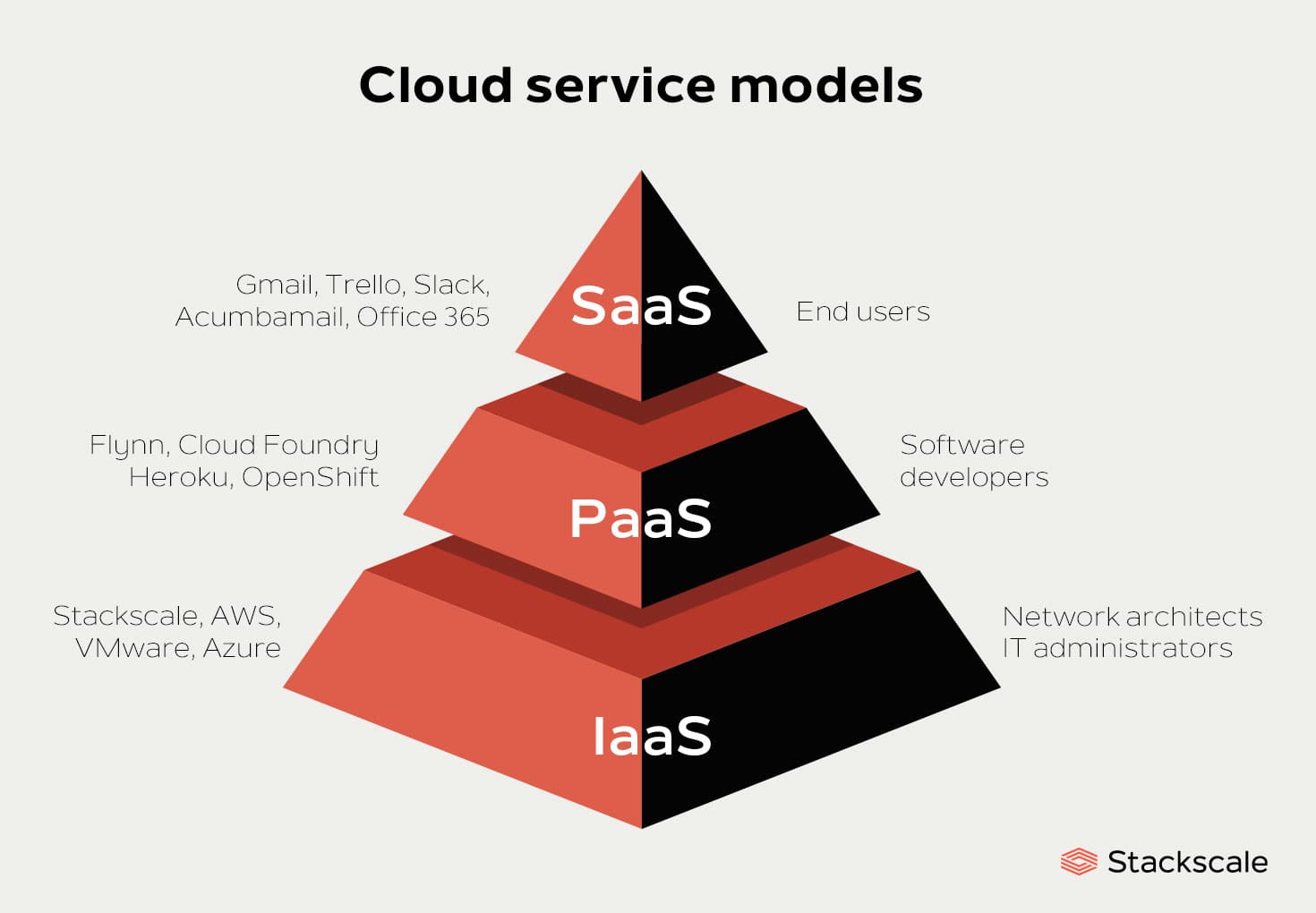Remain Updated with the Cloud Services Press Release: Patterns and Advancements
Remain Updated with the Cloud Services Press Release: Patterns and Advancements
Blog Article
Achieve Seamless Scalability With Cloud Services
In the ever-evolving landscape of cloud solutions, attaining smooth scalability stands as a keystone for modern companies seeking to remain adaptable and affordable. The ability to easily broaden or contract resources in action to altering demands is a critical advantage in today's fast-paced electronic atmosphere. By mastering the art of scalable cloud options, companies can not only maximize performance and improve operations yet likewise lead the way for future development and advancement. The quest for seamless scalability with cloud solutions introduces a world of possibilities for those going to welcome the transformative power of dynamic source administration.
Benefits of Cloud Scalability
Cloud scalability uses organizations the versatility to dynamically change resources based on demand, ensuring optimum performance and price effectiveness. Additionally, cloud scalability advertises innovation and trial and error by permitting companies to easily evaluate brand-new ideas and range them as needed. Ultimately, the benefits of cloud scalability extend beyond cost savings to include improved efficiency, dexterity, and technology.
Key Attributes for Scaling
Effective scaling in cloud services relies on crucial features that make it possible for companies to change sources dynamically based on need. One important feature for scaling is flexibility, permitting resources to scale up or down in feedback to rising and fall work. This ensures that organizations can satisfy performance needs without over-provisioning resources. One more vital function is scalability, enabling systems to take care of enhanced work by adding sources seamlessly. This attribute is vital for fitting development without compromising efficiency. Furthermore, automation plays an essential role in scaling by automating the provisioning and de-provisioning of sources based on predefined plans. Automation lowers human intervention, enhances effectiveness, and makes certain quick reaction to altering needs. Monitoring and analytics tools are likewise crucial for scaling, giving insights into resource use, performance metrics, and prospective bottlenecks. These devices allow companies to make educated decisions and enhance resource allowance for reliable scaling. On the whole, these essential features collectively equip organizations to attain smooth scalability in cloud solutions.
Implementing Auto-Scaling Techniques
To effectively optimize resource allocation and adjust to differing workloads, organizations have to strategically apply auto-scaling techniques in their cloud services facilities. Auto-scaling allows systems to instantly adjust the variety of calculate resources based upon real-time demand. There are different auto-scaling strategies that companies can utilize, such as anticipating scaling, which utilizes historic data to anticipate future source needs, and reactive scaling, which reacts to present work modifications.

Finest Practices for Scalability
For companies intending to improve their scalability in cloud services, implementing ideal practices is critical for optimal efficiency and anchor resource monitoring. One secret finest method is designing applications with a microservices style. This technique breaks down applications right into smaller, independent solutions that can be deployed, upgraded, and scaled individually, allowing for better versatility and scalability.
Another important practice is making use of containerization innovation, such as Docker or Kubernetes. Containers enable the product packaging of applications and their dependences into separated units, making it easier to scale parts separately and deploy them constantly throughout various environments.
In addition, carrying out automated release and he has a good point framework as code (IaC) can improve scalability initiatives (linkdaddy cloud services). Automation tools like Terraform or Ansible aid in provisioning and taking care of resources effectively, reducing hands-on errors and making it possible for quick scalability
Additionally, checking efficiency metrics, establishing signals, and carrying out routine capacity preparation are necessary methods to ensure proactive scalability management. By adhering to these ideal methods, organizations can attain seamless scalability in their cloud solutions while enhancing performance and resource utilization.
Monitoring Performance Metrics
When assessing the effectiveness of cloud solutions scalability, closely monitoring performance metrics is important for making certain optimal capability and resource allocation. By continuously tracking key performance indicators (KPIs) such as action times, throughput, latency, and source usage, companies can get important understandings into the health and wellness and efficiency of their cloud infrastructure. Monitoring efficiency metrics permits the very early discovery of possible traffic jams or issues that can influence scalability, making it possible for proactive procedures to be taken to resolve them prior to they escalate.

Verdict
In final thought, accomplishing seamless scalability with cloud services is essential for organizations to optimize efficiency, boost advancement, and keep high performance degrees throughout peak times. discover here By leveraging the advantages of cloud scalability, carrying out auto-scaling strategies, using vital features such as elasticity and automation, and following ideal techniques like application layout and efficiency monitoring, businesses can efficiently scale their systems while making the most of source usage and performance.
The pursuit for smooth scalability with cloud services reveals a globe of opportunities for those prepared to accept the transformative power of vibrant resource administration.
Cloud scalability uses organizations the adaptability to dynamically readjust sources based on need, guaranteeing optimal efficiency and cost effectiveness. An additional vital attribute is scalability, enabling systems to deal with boosted workload by adding sources seamlessly.For organizations intending to enhance their scalability in cloud services, implementing finest practices is vital for optimum efficiency and resource administration.When analyzing the effectiveness of cloud services scalability, carefully checking performance metrics is important for making certain ideal capability and resource allowance.
Report this page